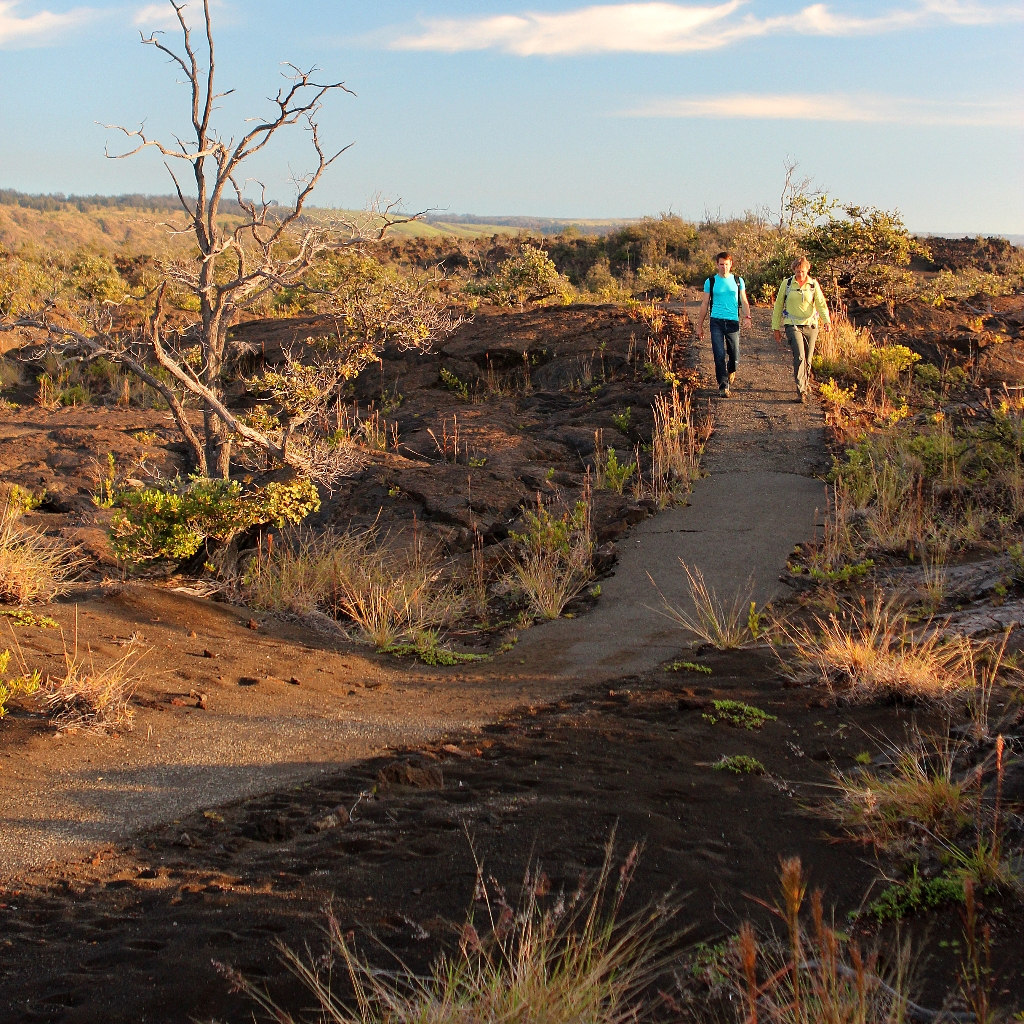
In 1790, a dramatic explosion occured at the summit of Kīlauea. The eruption involved a torrent of hot gas, ash, and sand that rained down on the Kaʻū Desert. Caught in the middle of this deadly, suffocating storm were groups of Native Hawaiians travelling through the region on long-used trails. In the newly fallen layer of ash, these groups left behind footprints that we can still see today— a reminder that Hawaiians have beared witness to the geological drama of this island for centuries.
A shelter with an exhibit about these footprints is accessible via an easy walk about .8 miles (1.3 km) from the Kaʻū Desert Trailhead on Highway 11.
Read more about the story of the Footprints area
A shelter with an exhibit about these footprints is accessible via an easy walk about .8 miles (1.3 km) from the Kaʻū Desert Trailhead on Highway 11.
Read more about the story of the Footprints area
Is there something we missed for this itinerary?
Itineraries across USA
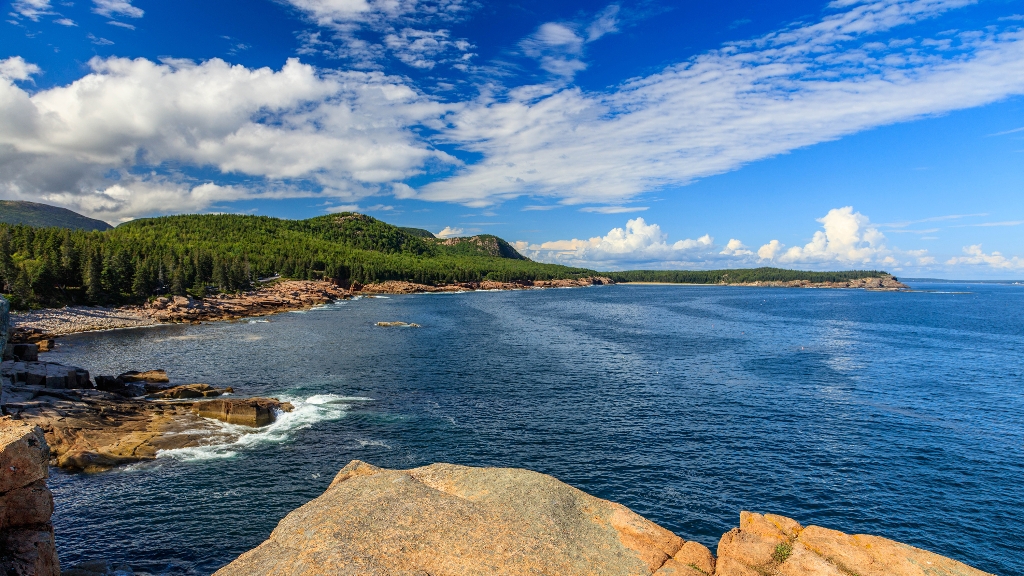
Acadia
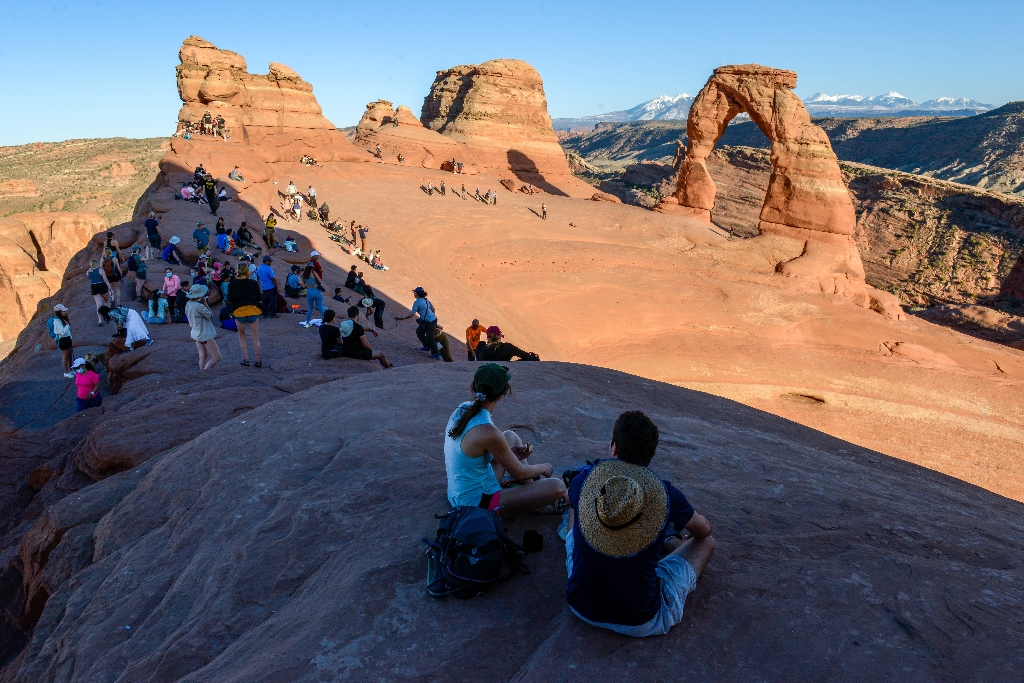
Arches National Park

Badlands
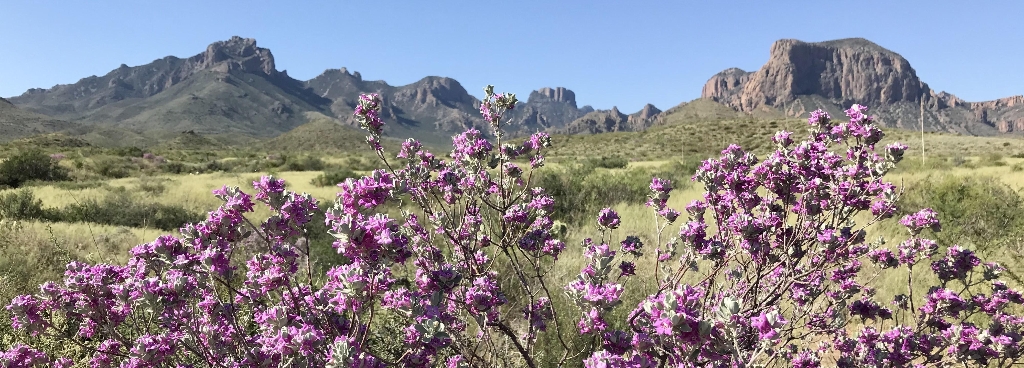
Big Bend
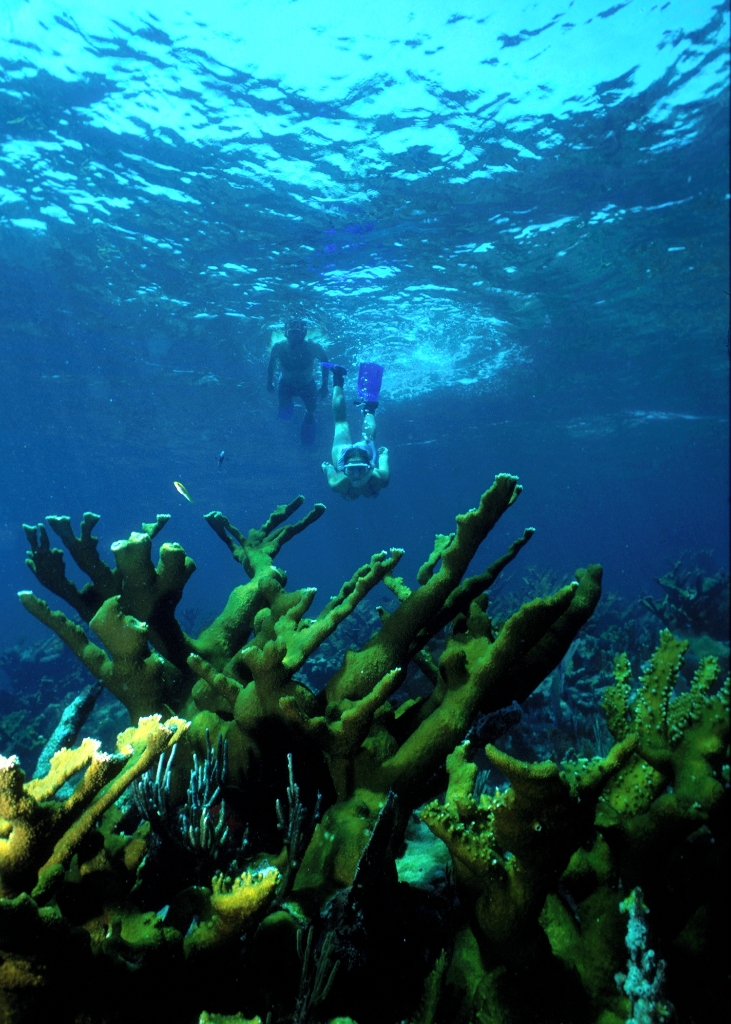
Biscayne

Black Canyon Of The Gunnison
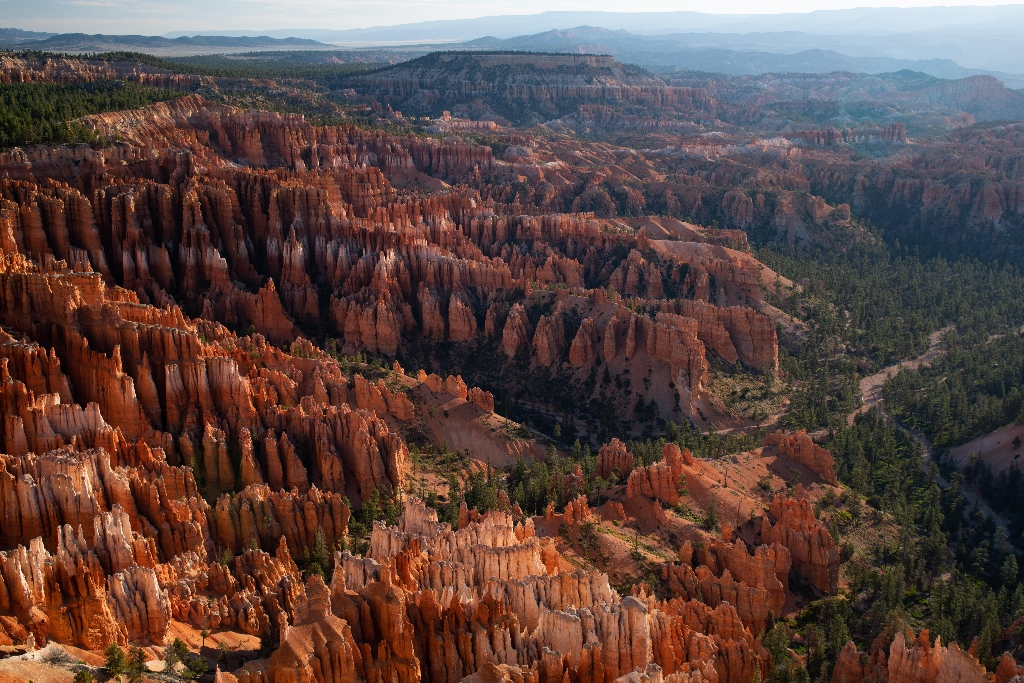
Bryce Canyon
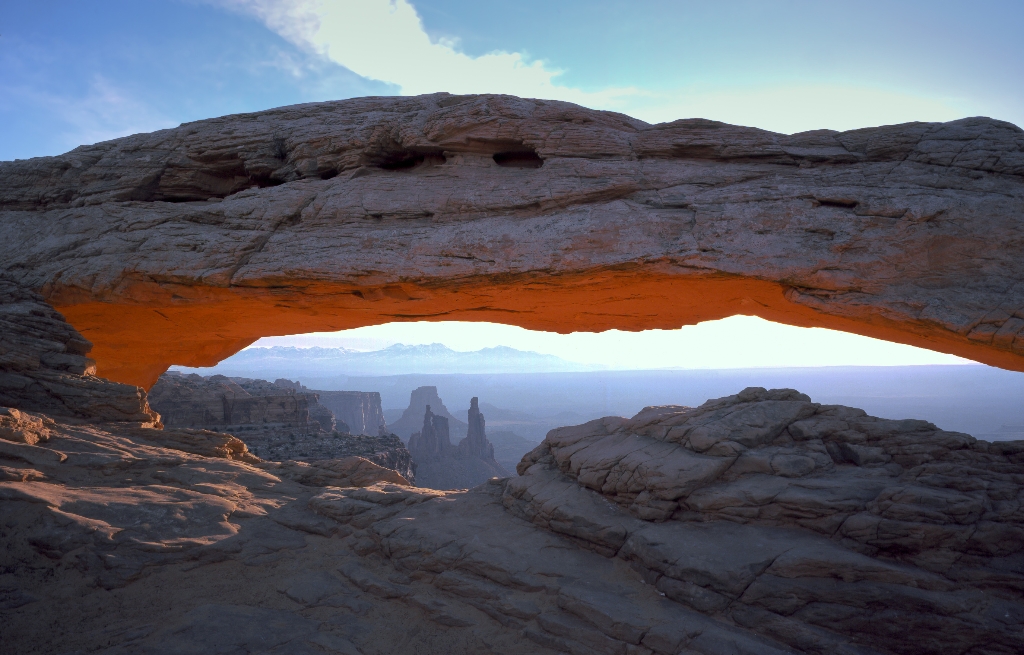
Canyonlands
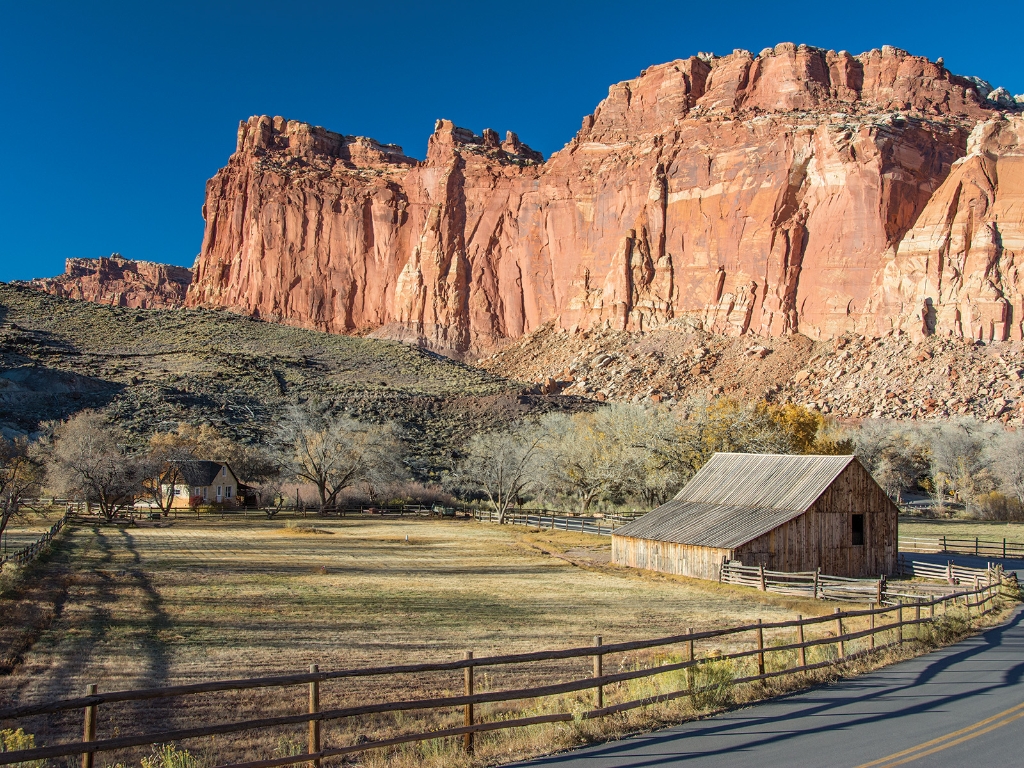
Capitol Reef
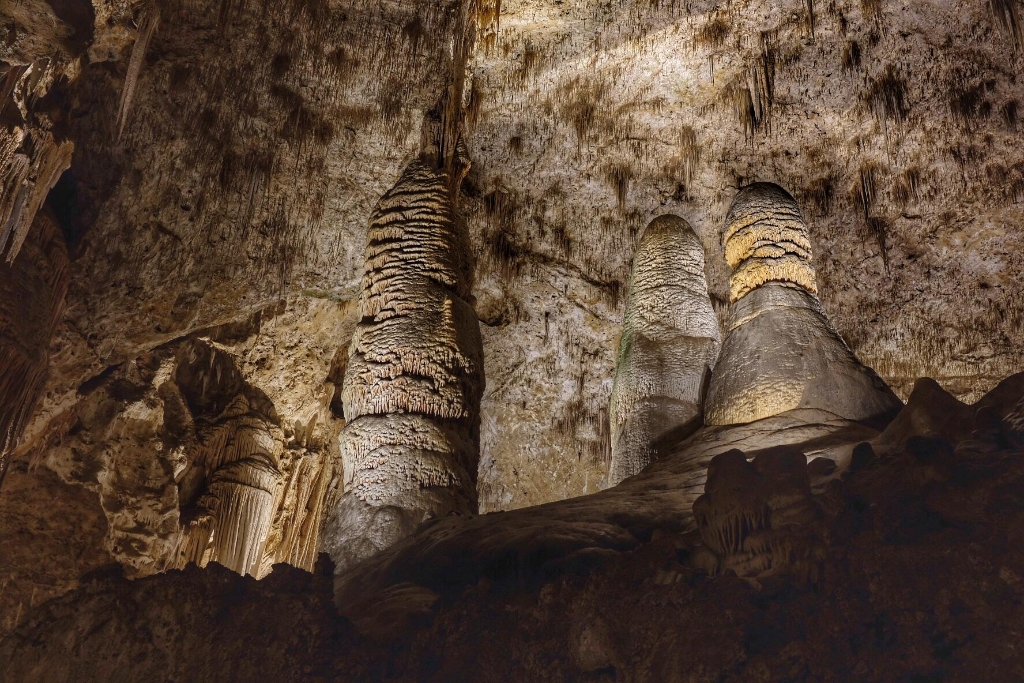
Carlsbad Caverns
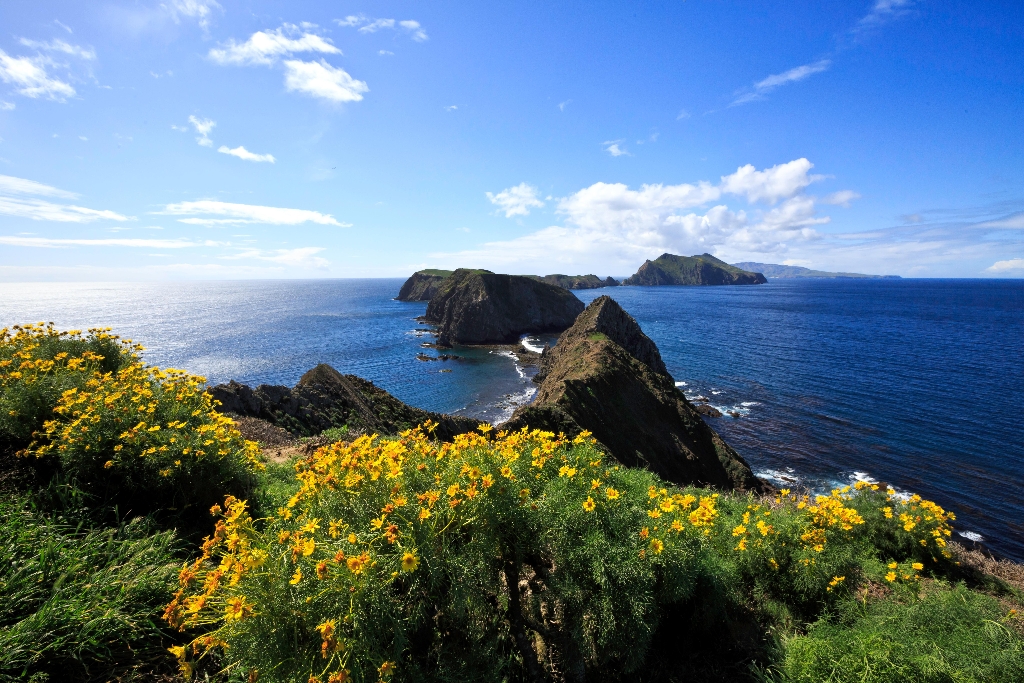
Channel Islands
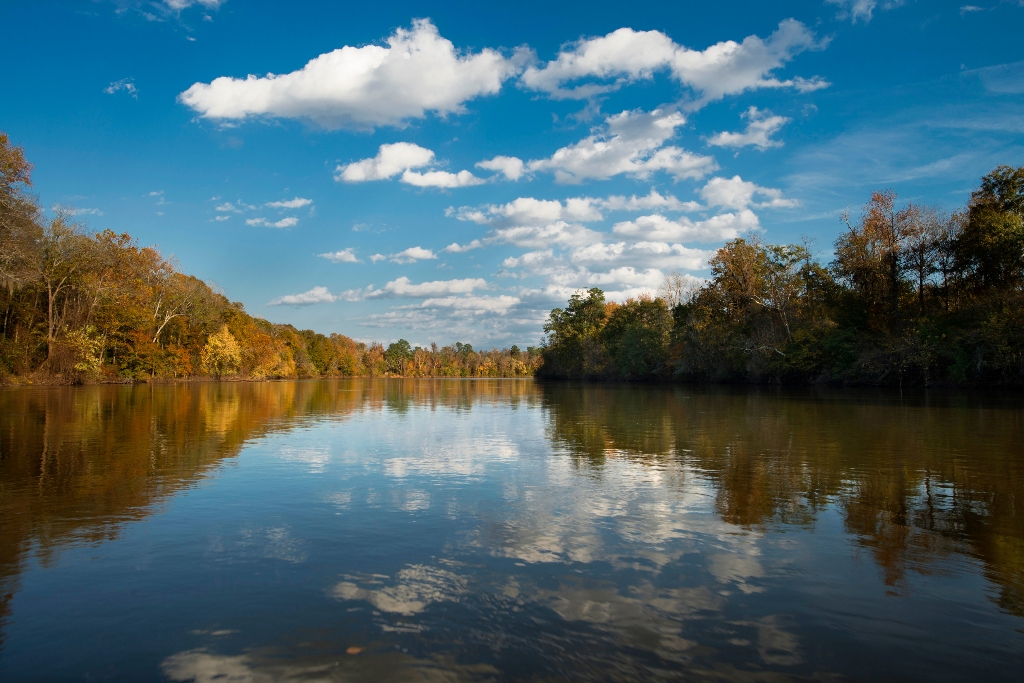
Congaree
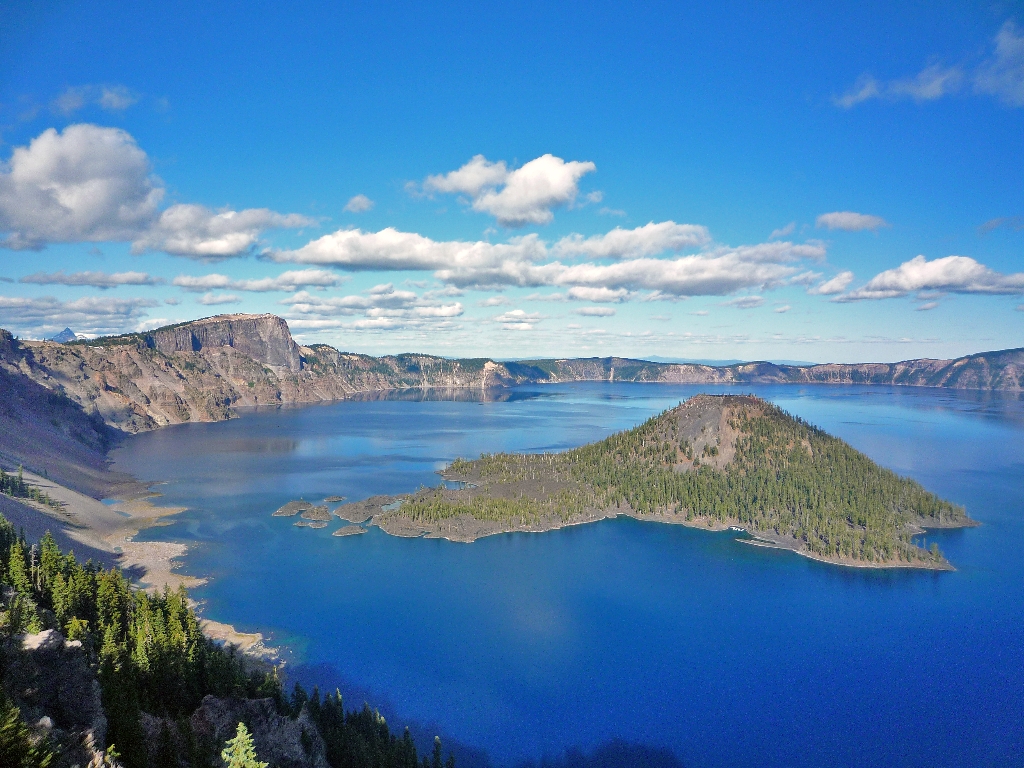
Crater Lake
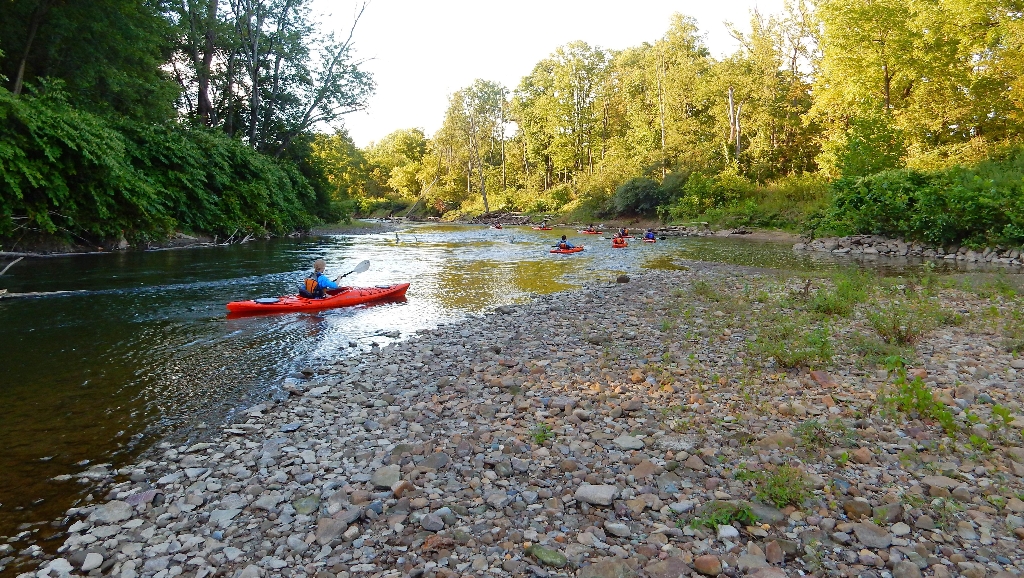
Cuyahoga Valley

Death Valley
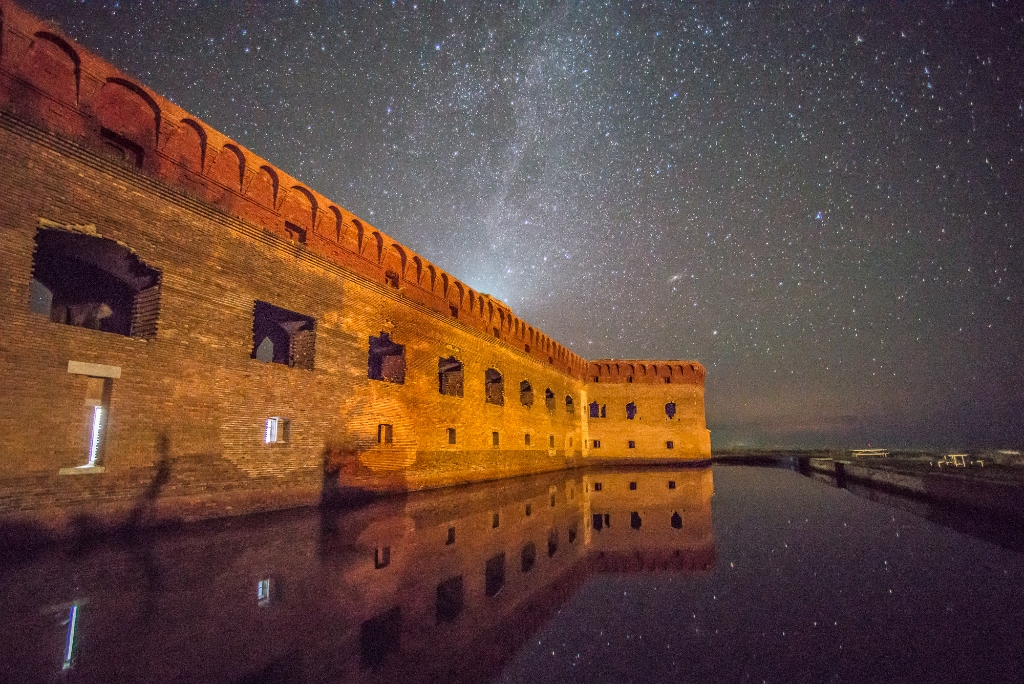
Dry Tortugas
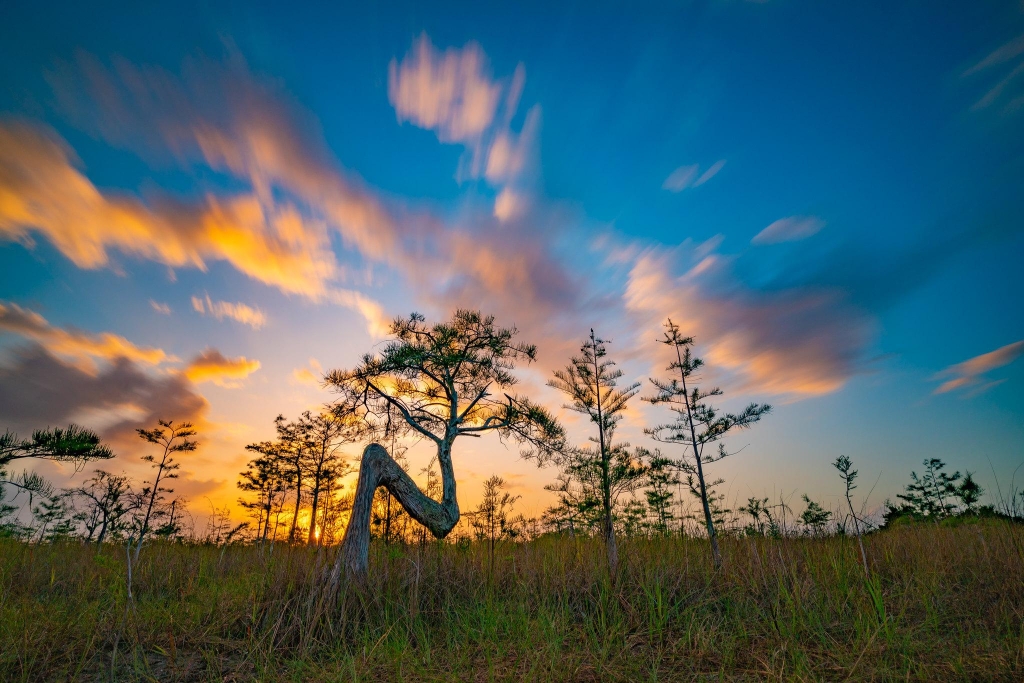
Everglades

Gateway Arch
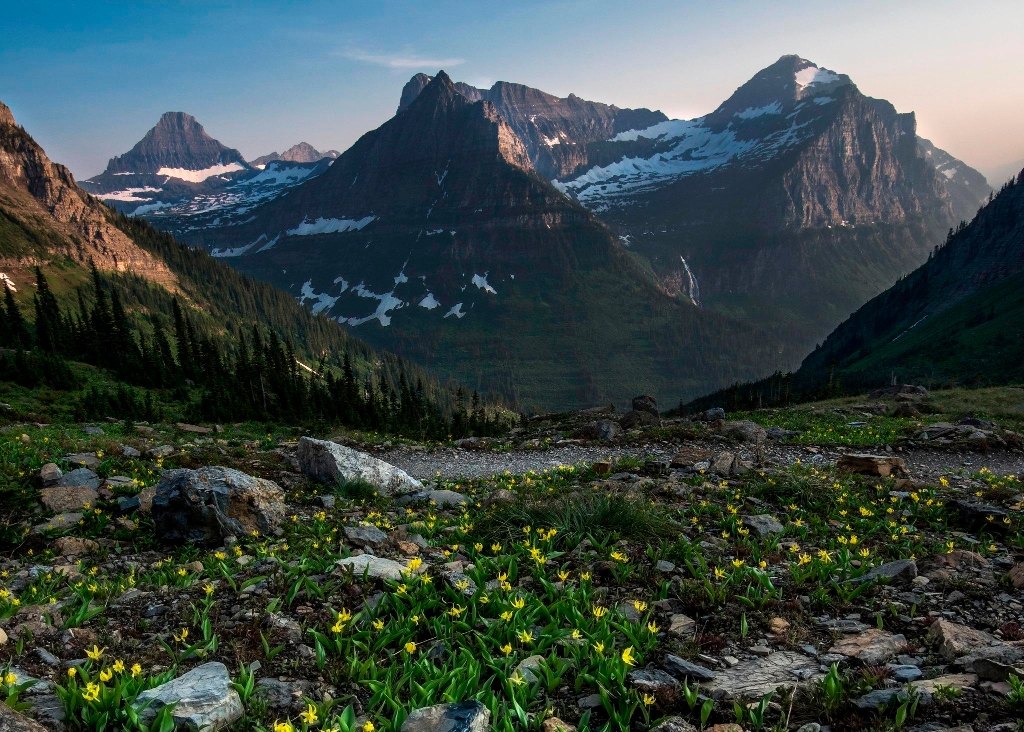
Glacier
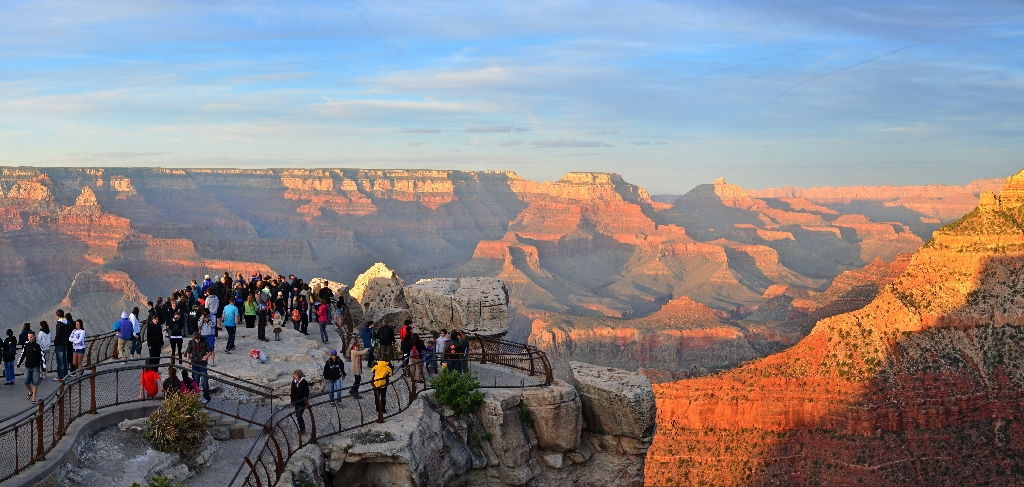
Grand Canyon

Grand Teton
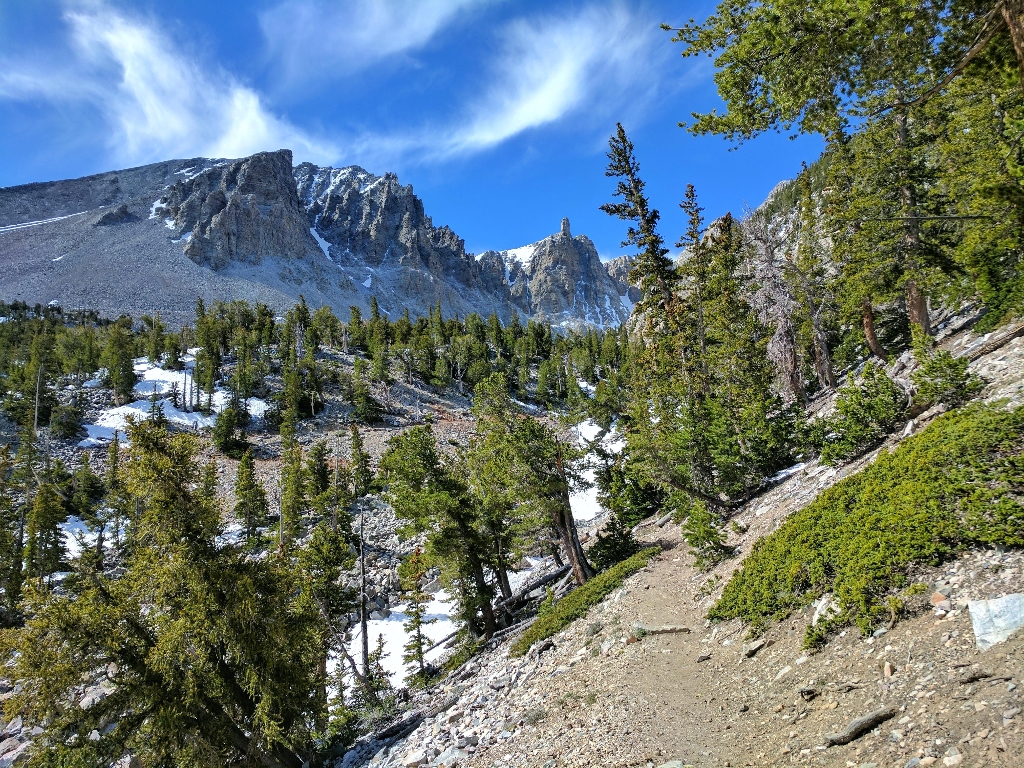
Great Basin

Great Smoky Mountains
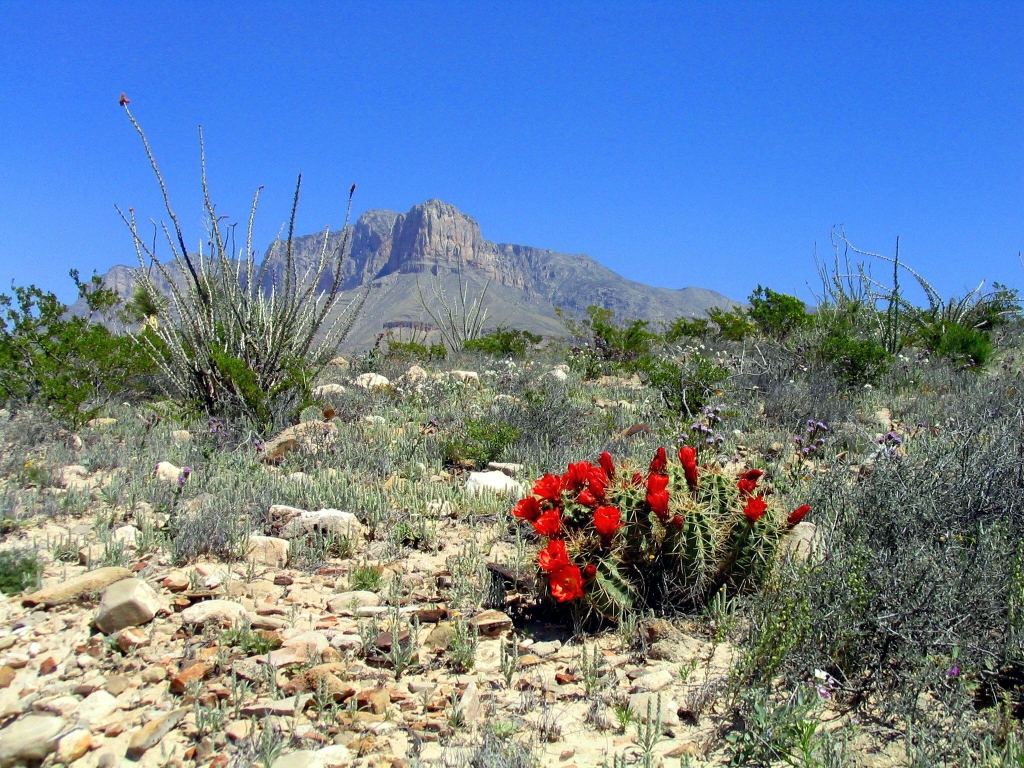
Guadalupe Mountains

Haleakalā
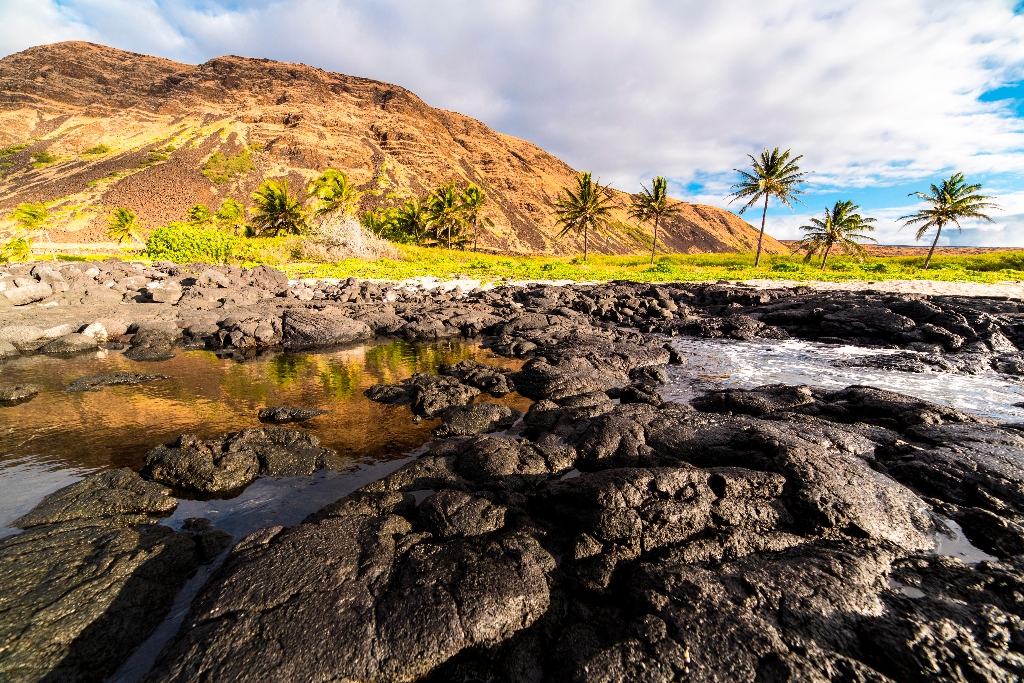
Hawaiʻi Volcanoes
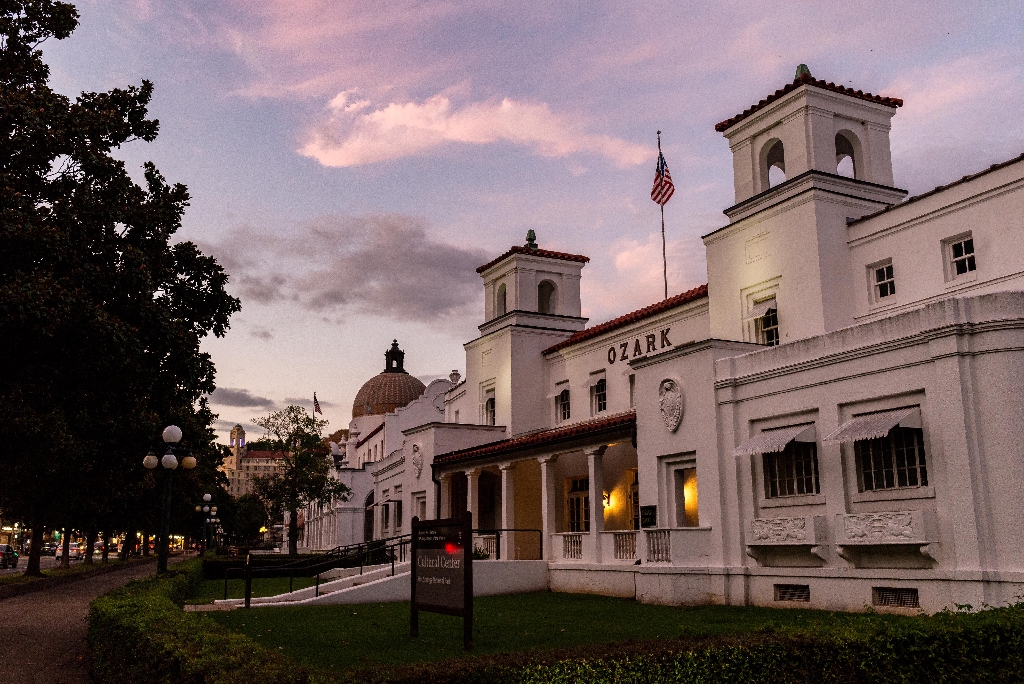
Hot Springs
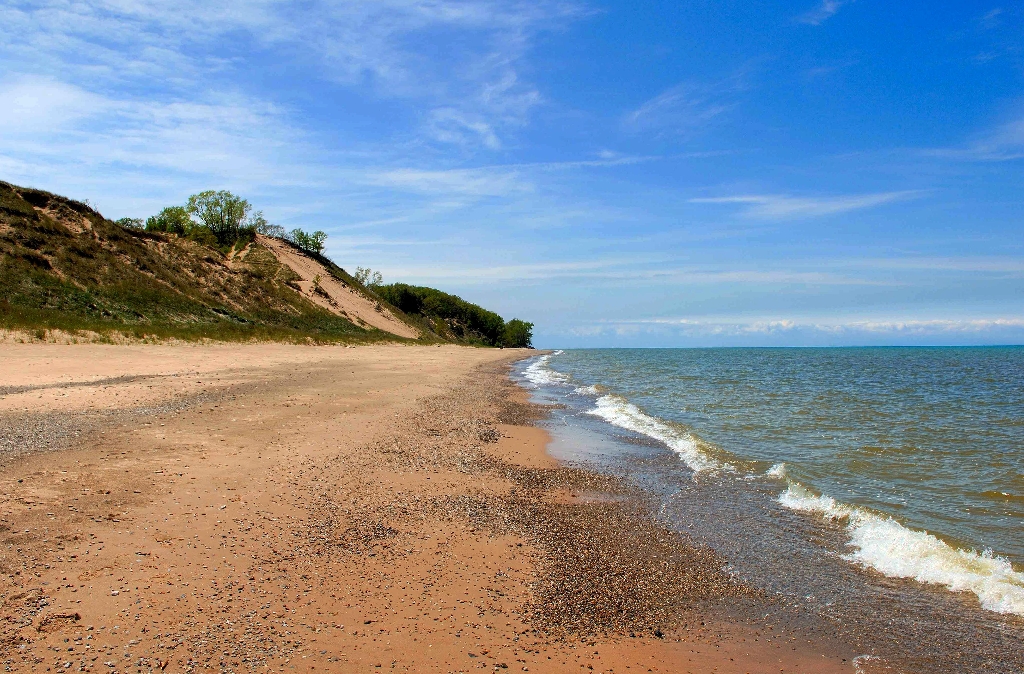
Indiana Dunes
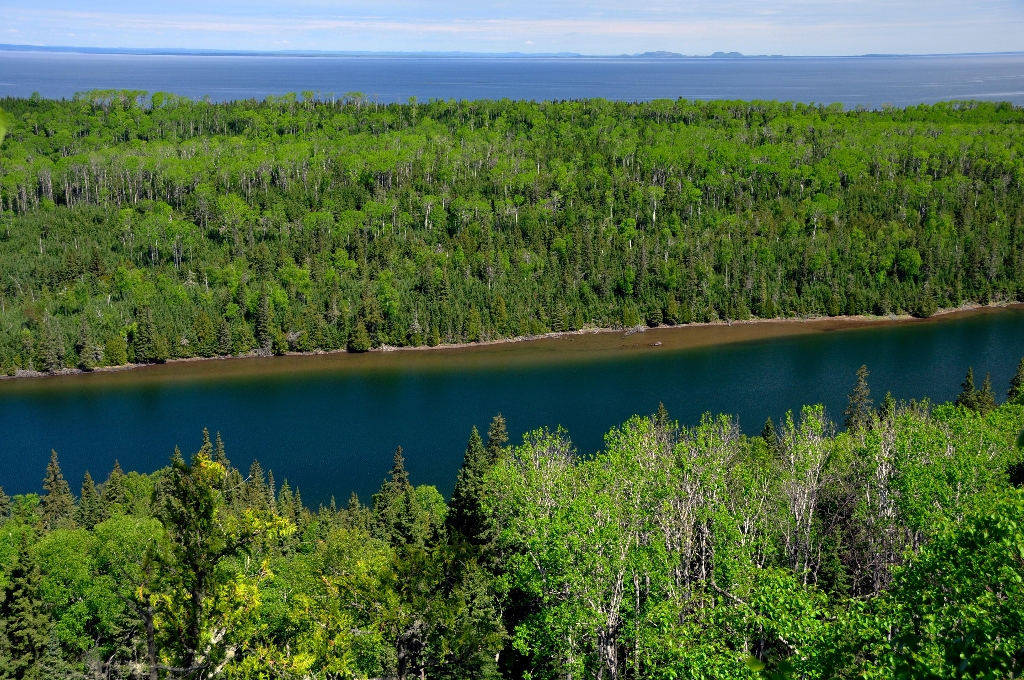
Isle Royale
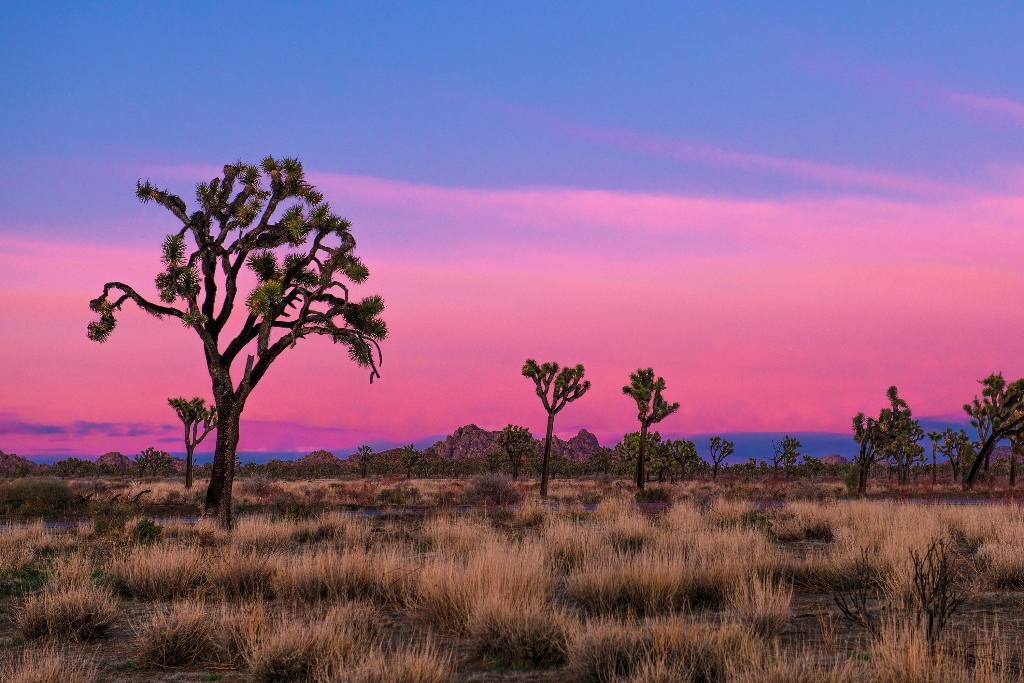
Joshua Tree

Kenai Fjords

Kobuk Valley
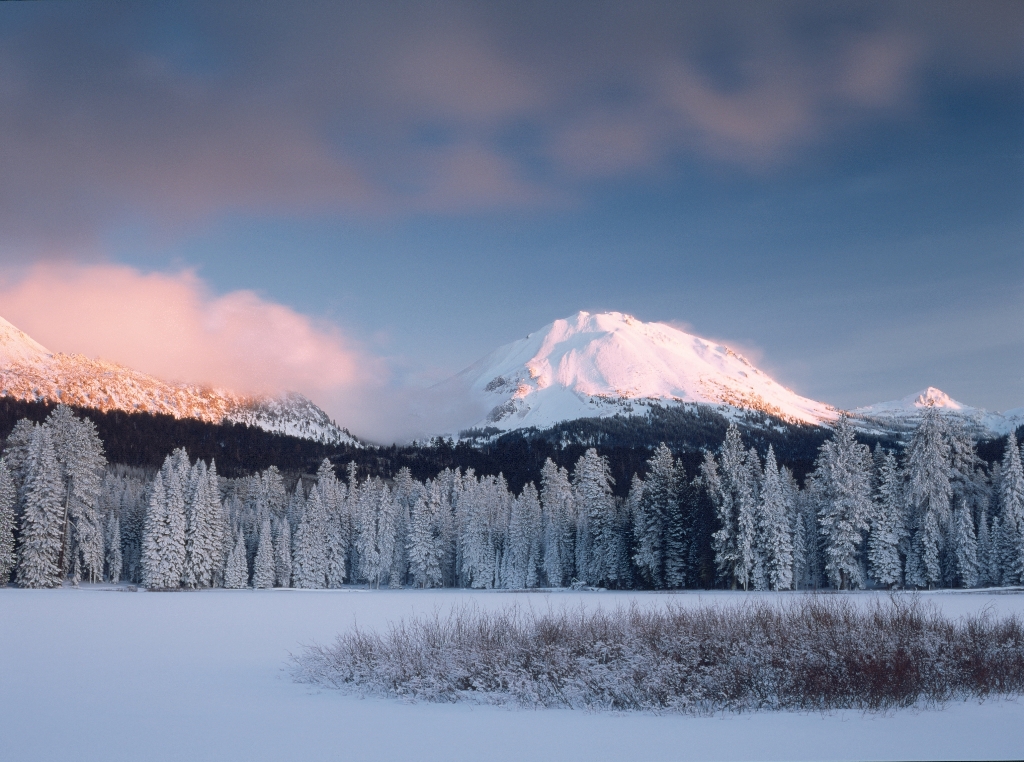
Lassen Volcanic
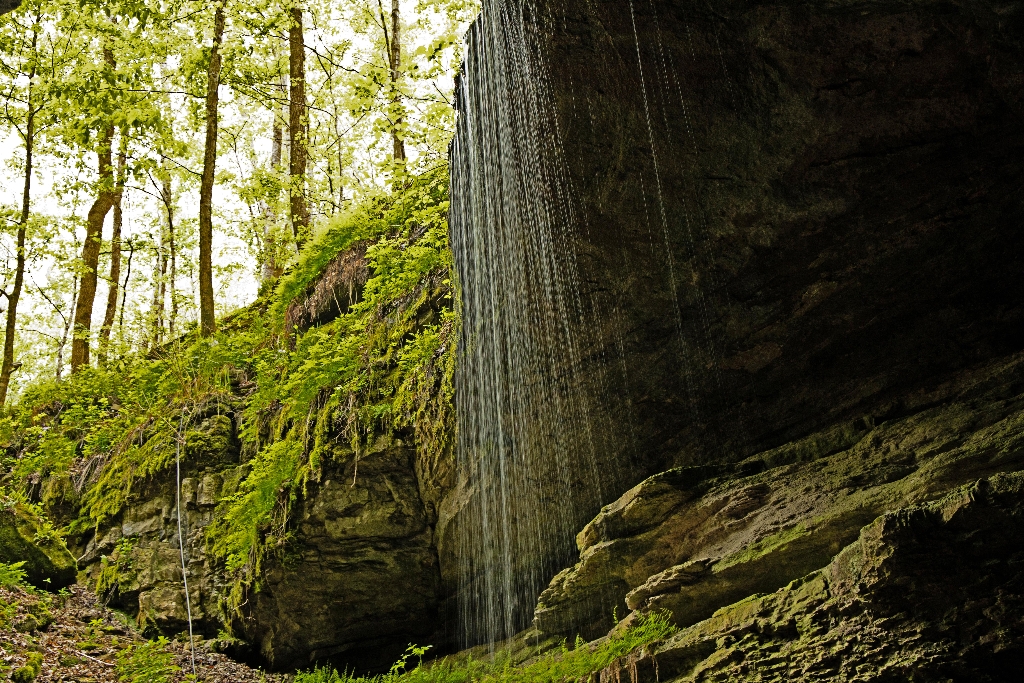
Mammoth Cave
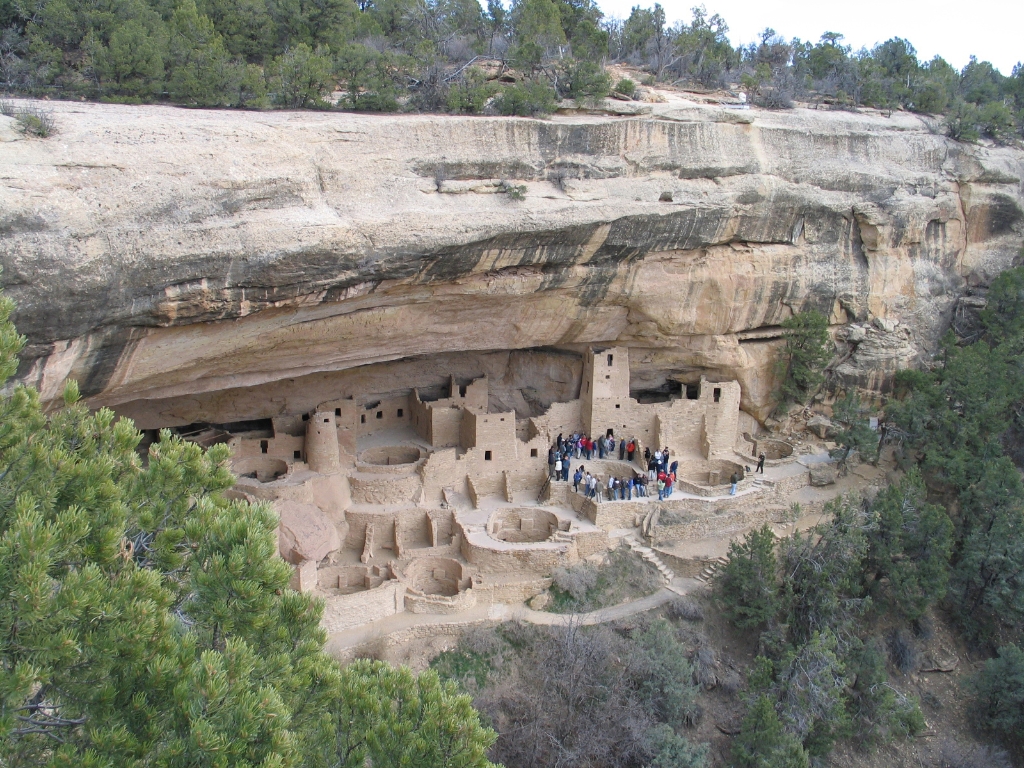
Mesa Verde
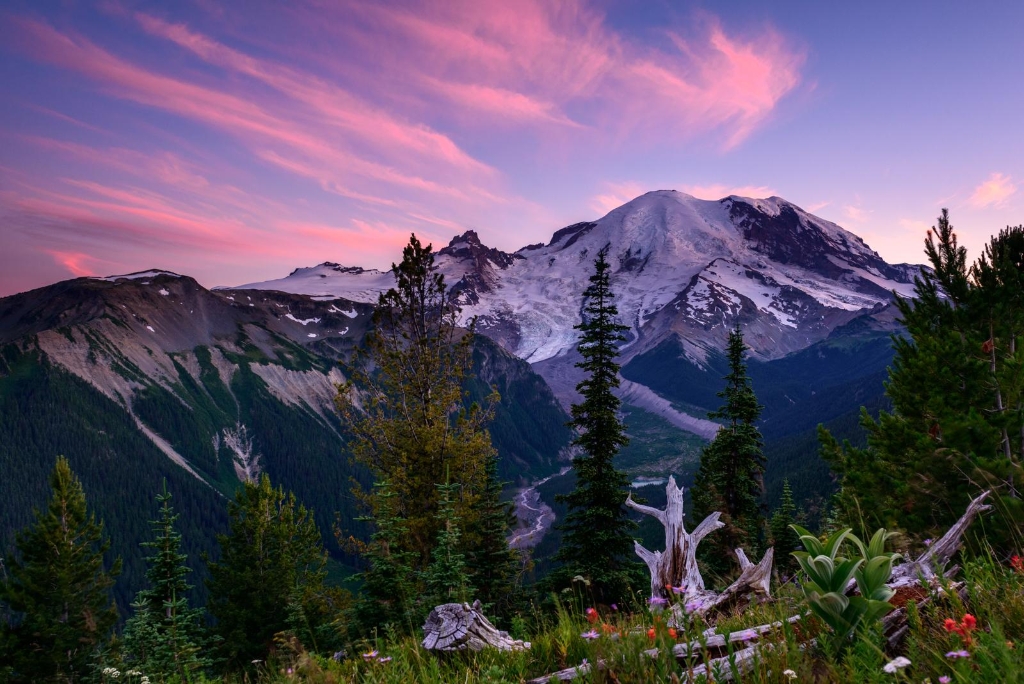
Mount Rainier
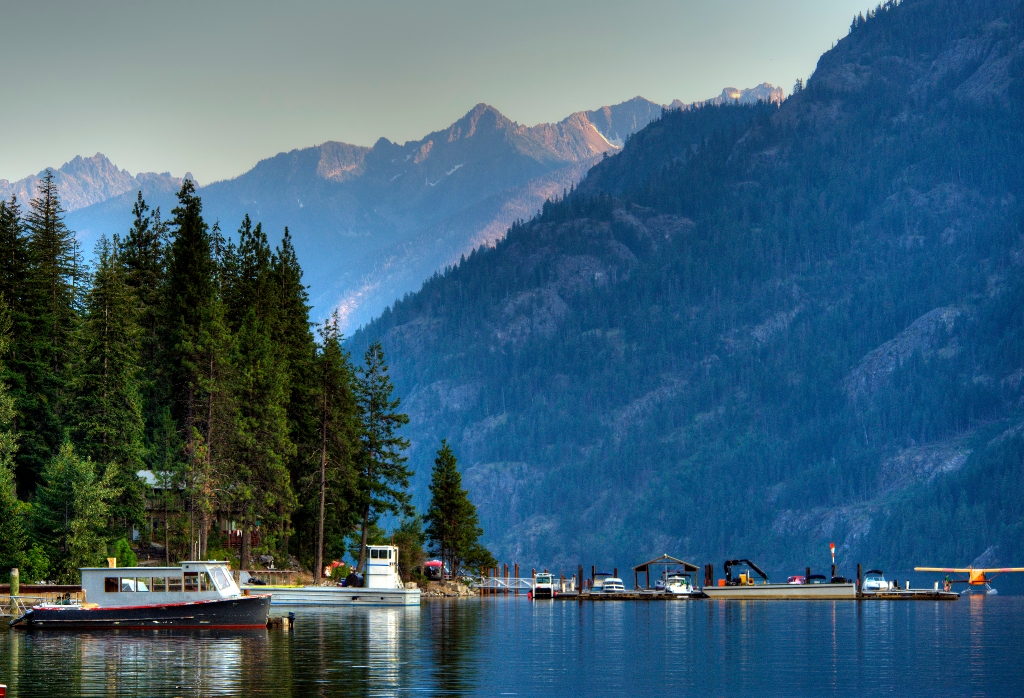
North Cascades

Olympic
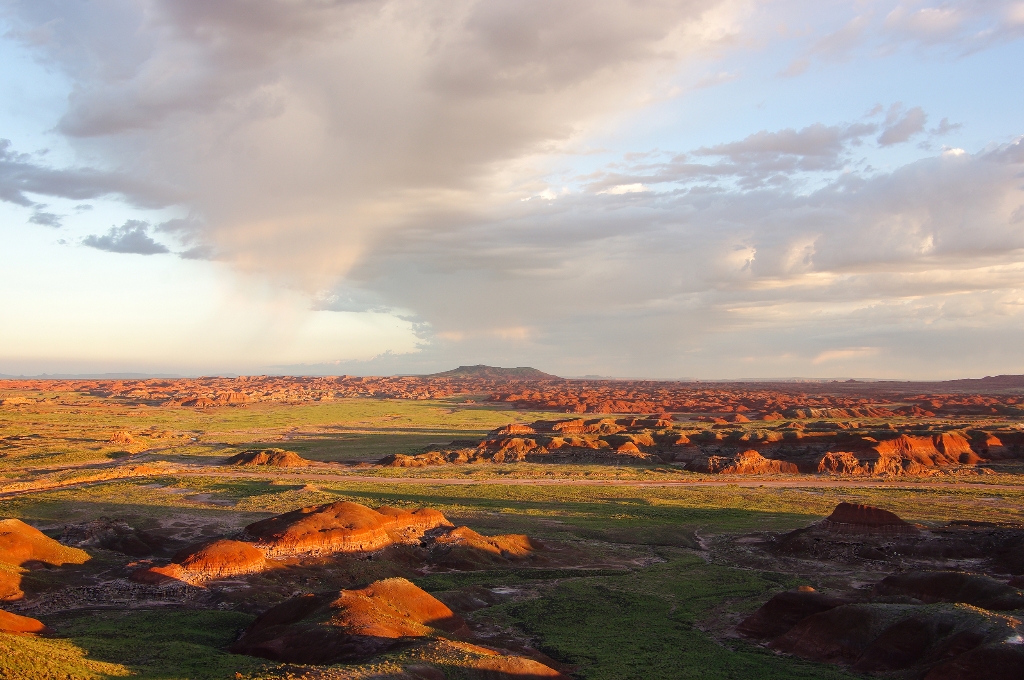
Petrified Forest
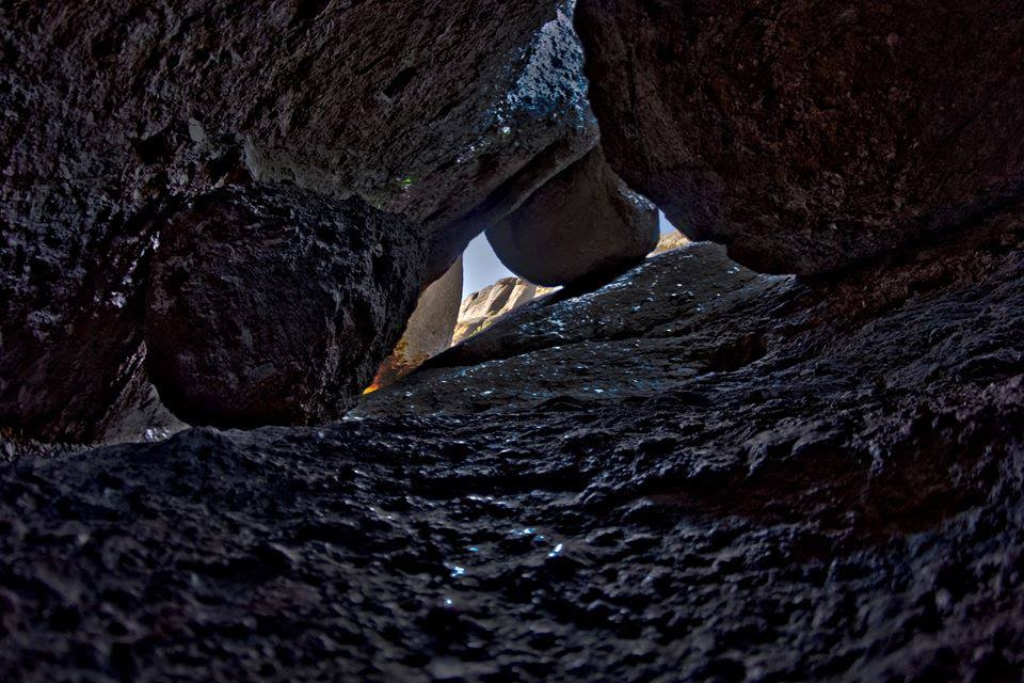
Pinnacles
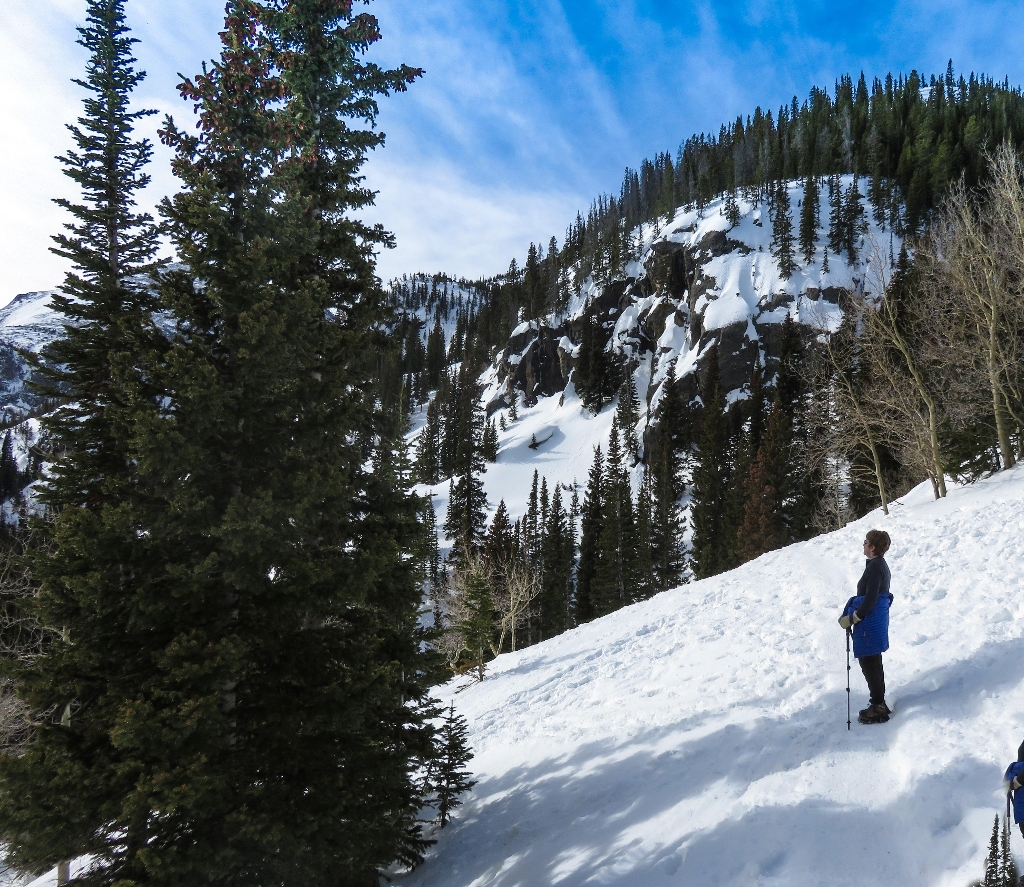
Rocky Mountain
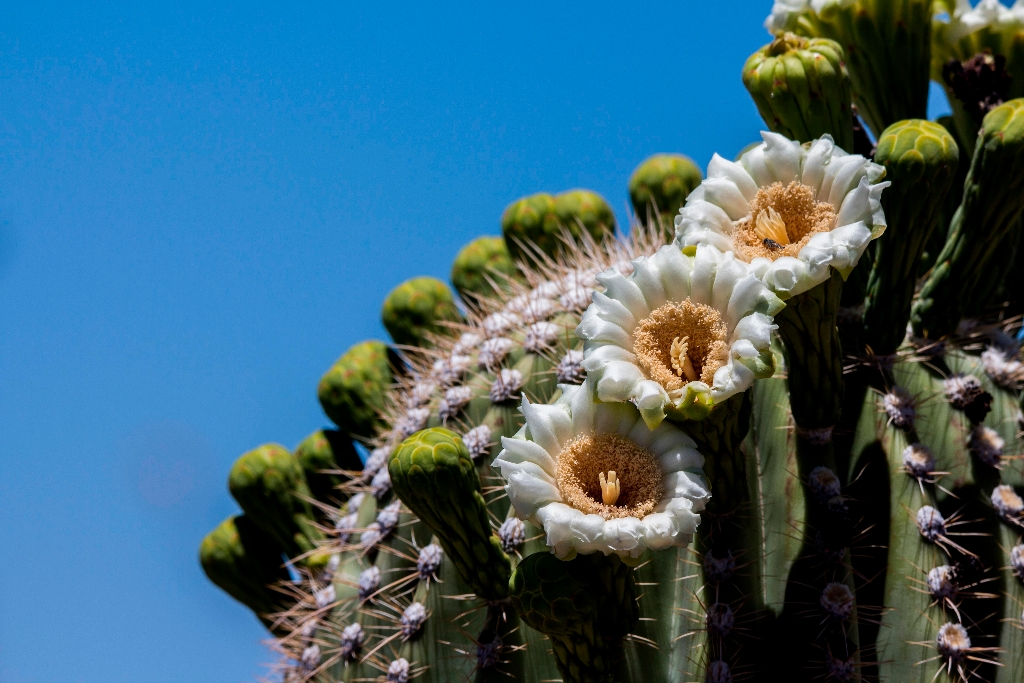
Saguaro
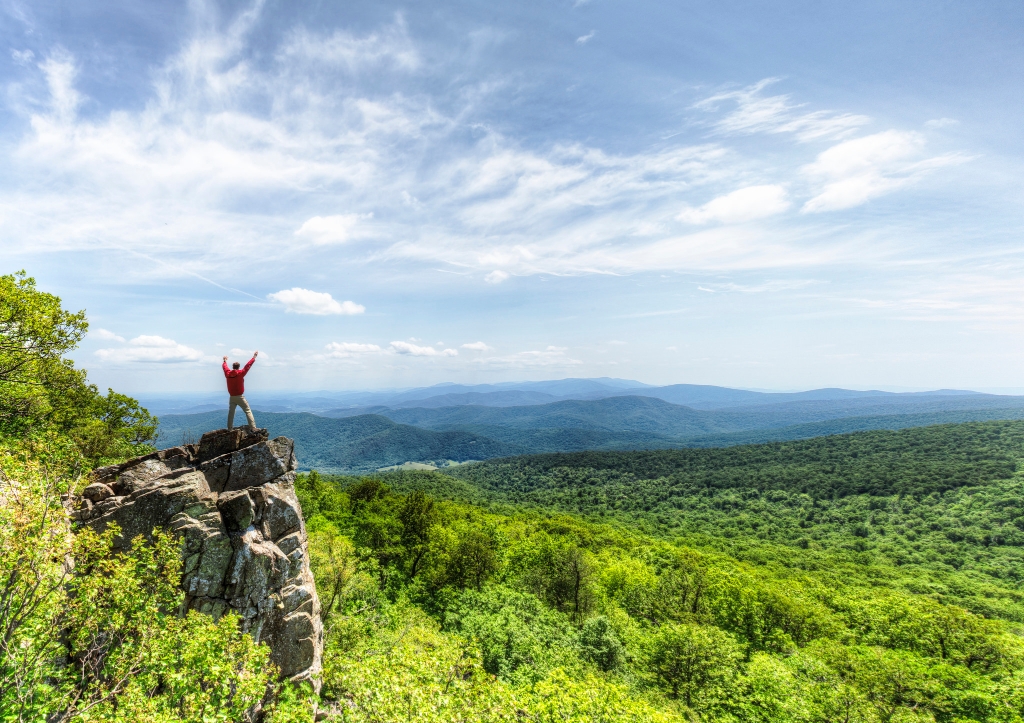
Shenandoah
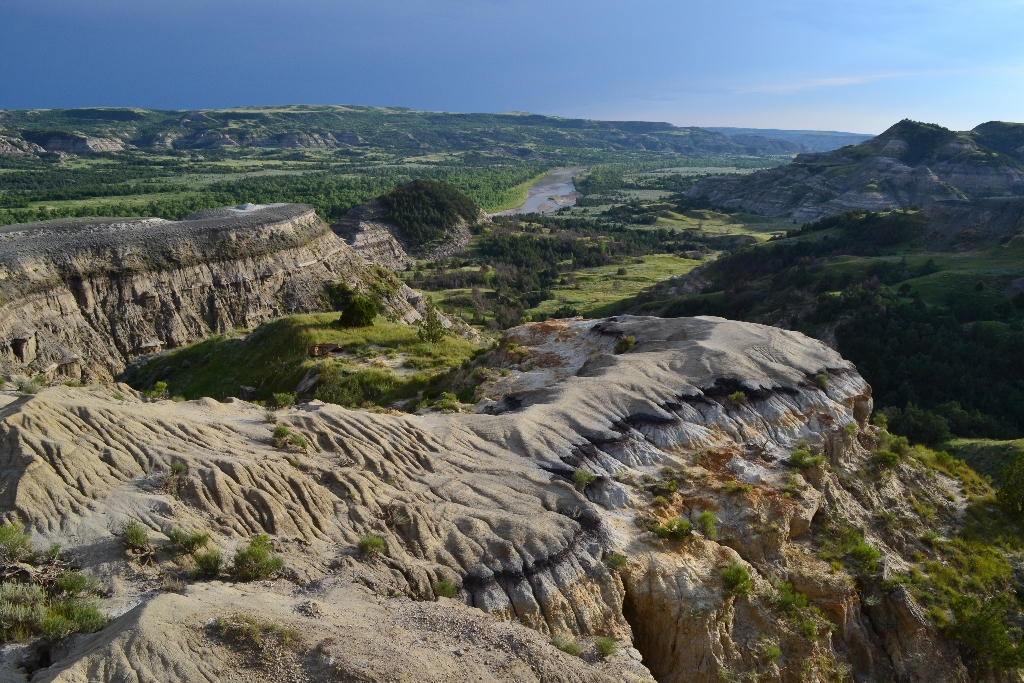
Theodore Roosevelt
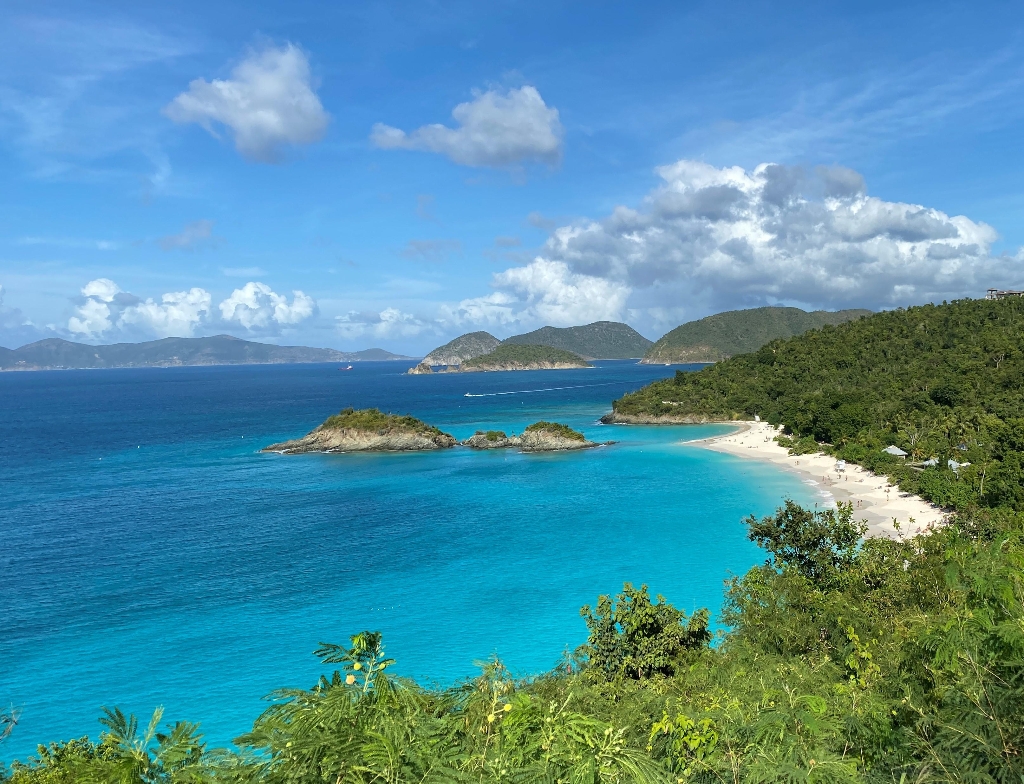
Virgin Islands
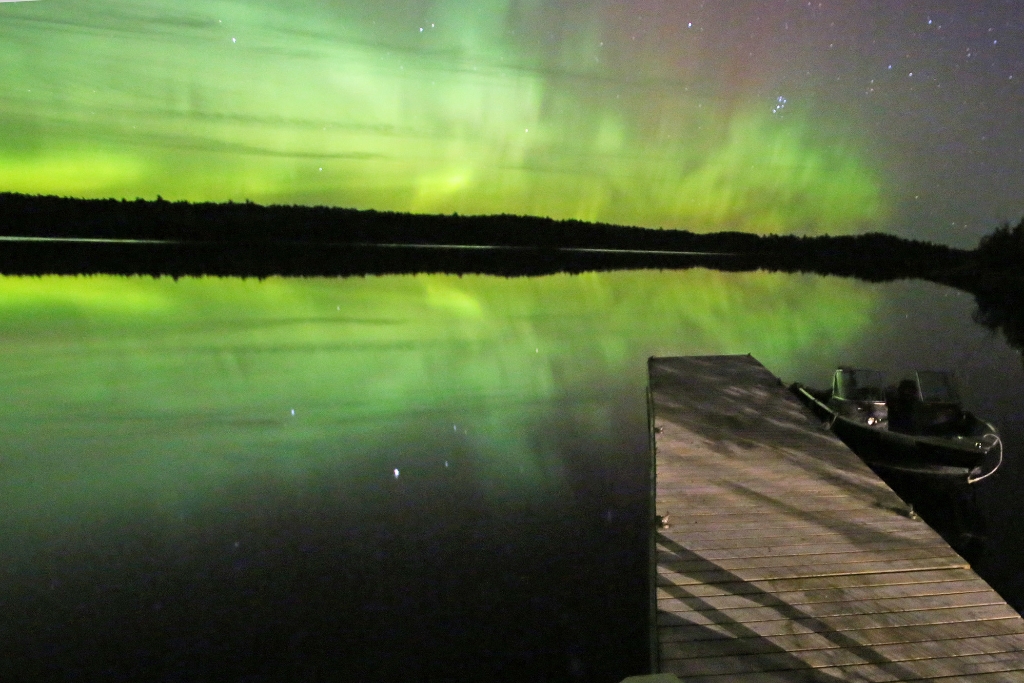
Voyageurs
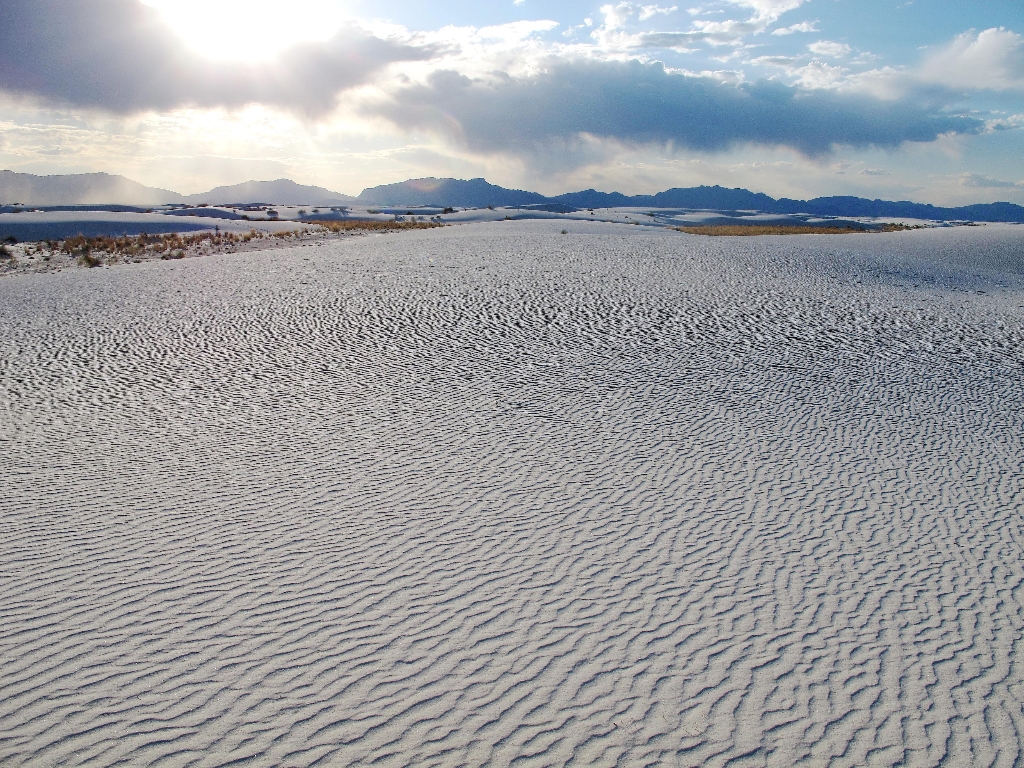
White Sands
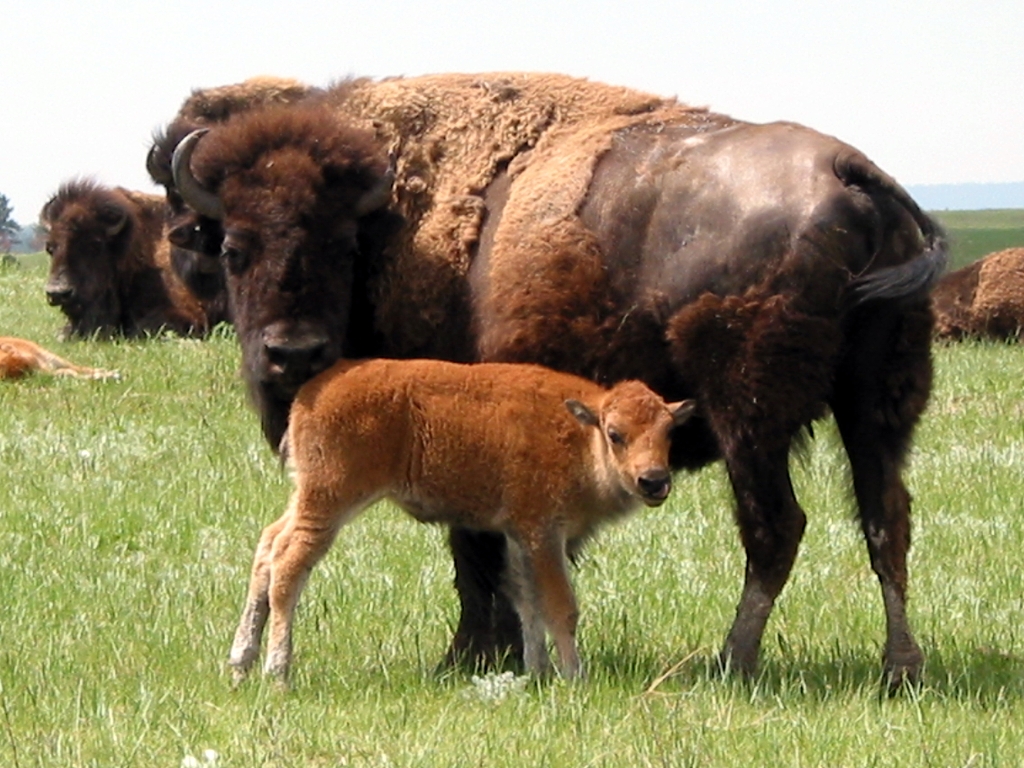
Wind Cave
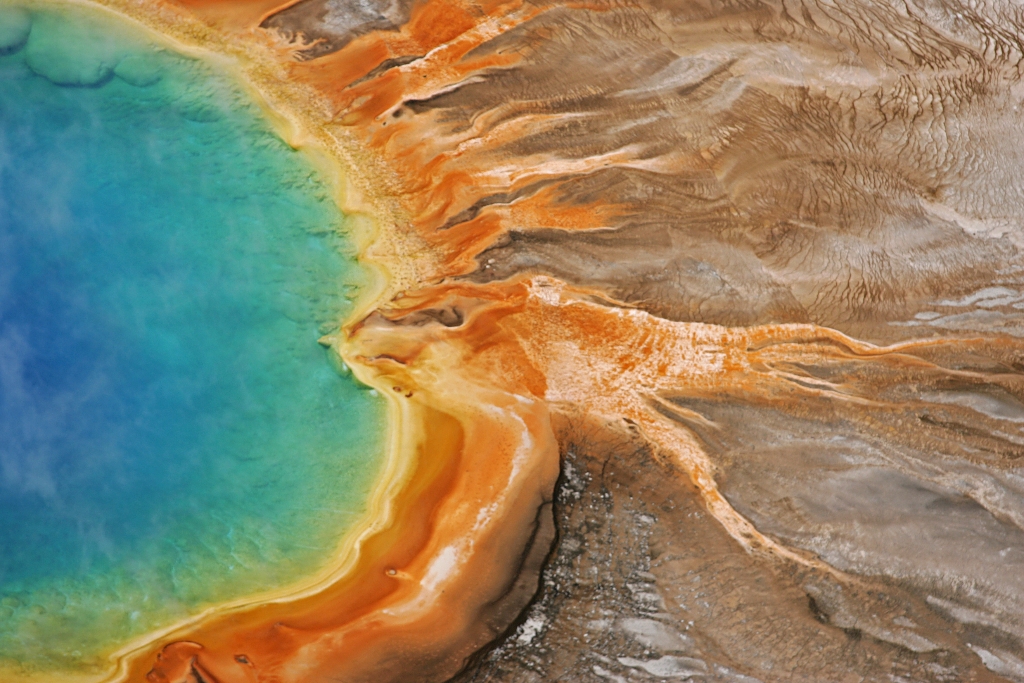
Yellowstone
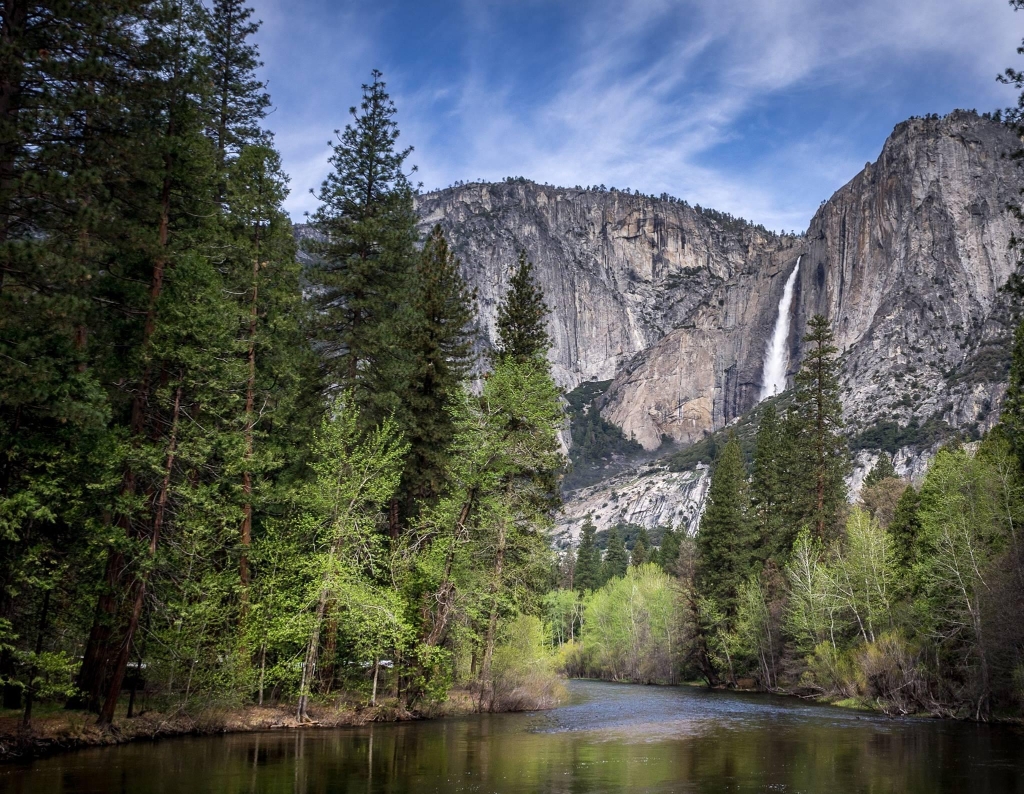
Yosemite

Zion